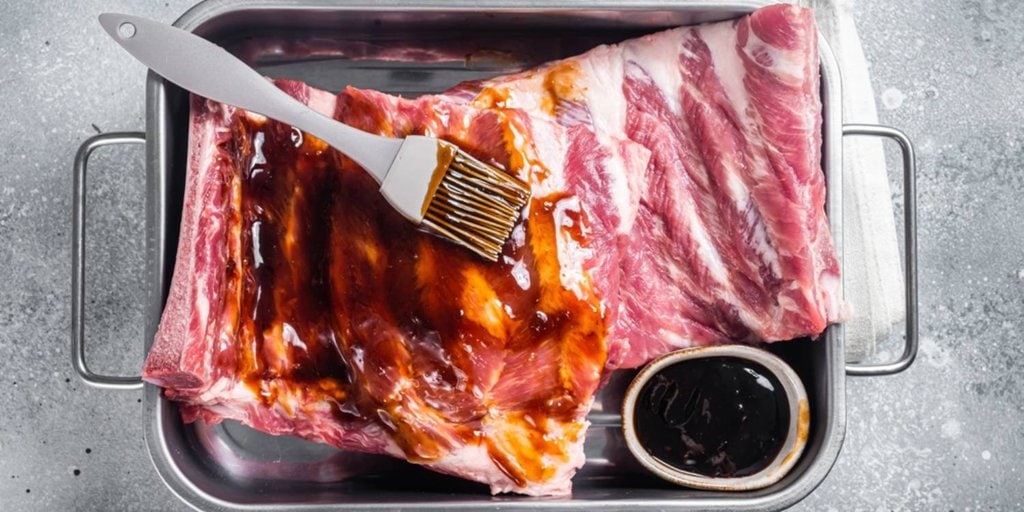
Marinades serve two essential purposes: enhancing flavor and tenderizing the surface of the food. When preparing meat, they act by breaking down proteins, allowing the seasoning to infuse the meat slowly, and the acidic components, such as citrus juice, contribute to the juiciness by dissolving the muscle tissue. Marinades consist of four primary components: salt, acid, oil, and flavorings. To gain a deeper understanding of what constitutes a marinade, continue reading.
Exploring the Components of Marinades
Making marinades is not as difficult as people think. When it comes to the oil component, various types of oil are available for cooking, and the choice depends on the dish being prepared. For example, swordfish pairs well with olive oil, giving it a buttery texture, while toasted sesame oil adds a smoky, nutty flavor to chicken dishes.
Next up is acids. If you’re unfamiliar with them, some examples are citrus juice, vinegar, yogurt, and buttermilk. Always keep in mind the ratio of one part acid to three parts oil, which is a simple and effective guideline that can’t fail.
Salt and Seasonings
Small but mighty, salt plays a crucial role in breaking down protein in meat and can tenderize it when applied and left overnight. Just remember to use one part salt when combined with the other three ingredients in the marinade.

A good seasoning mix used in marinades can help to lock flavor onto the surface of whatever you are cooking. You can combine seasonings however you want. Rosemary, oregano, and thyme can make a delicious herbs de Provence seasoning, or you can be daring and try mixing spicy herbs to add some heat to your cooking. The options are endless, and it all comes down to what you’re marinating and what flavor profile you’re going for.